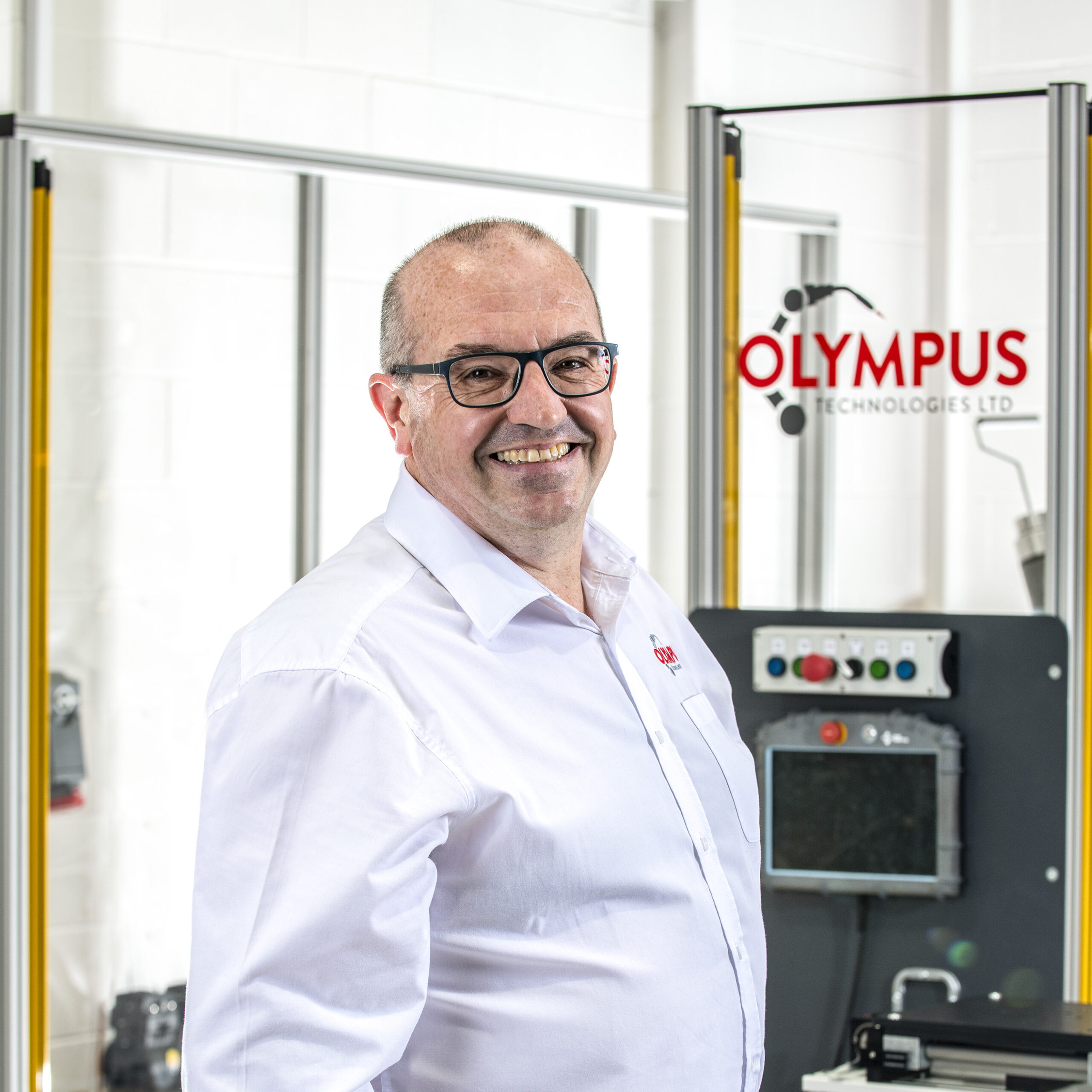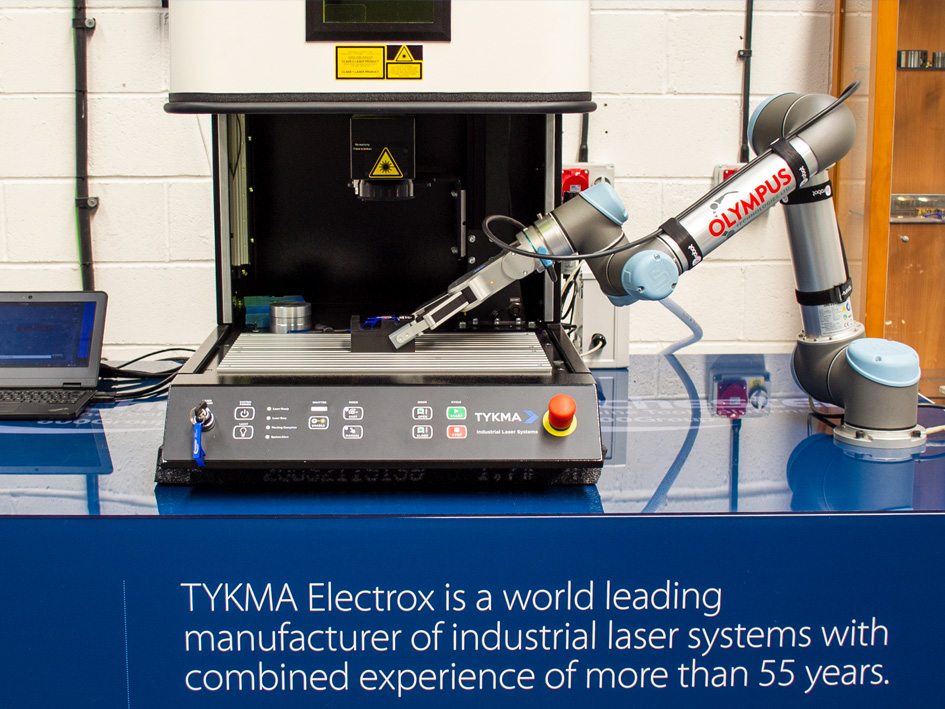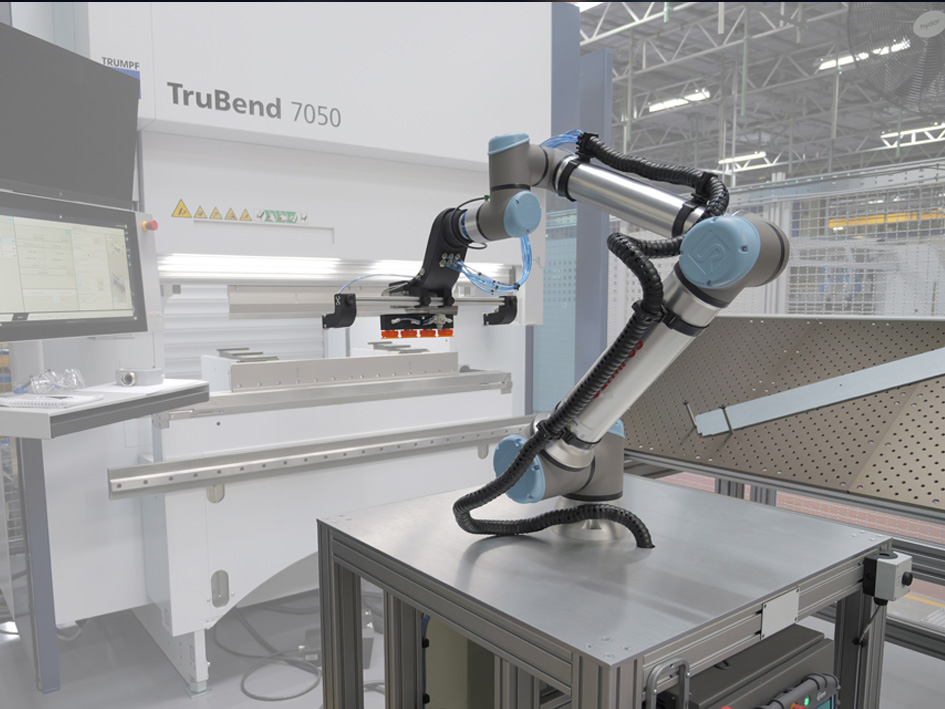Why Case Packing Automation Matters
Meeting production targets is hard enough. Keeping quality consistent while doing it? That’s where many operations start to feel the pinch. Manual packing methods can drag things down - slow speed, inconsistent results, and heavy reliance on human workers for repetitive tasks.
Case packing robots are built to take that load off. These systems streamline the packaging process, cut operational costs, and deliver consistent results with minimal oversight. For manufacturers aiming to maintain efficiency without compromising quality, automation makes a strong case.
What Are Case Packing Robots?
Case packing robots are collaborative robots or industrial robots designed to automate final-stage packing. They group, place, and seal items into boxes quickly and efficiently, preparing them for shipment with minimal errors.
Used across various industries - including food, retail, pharmaceuticals, and medical devices - these systems adapt to many packaging types. Whether you're dealing with delicate items or bulk packaging, they handle the task with precision.
How They Work
These robots use advanced sensors, artificial intelligence, and machine learning to monitor, identify, and manipulate products. They make real-time adjustments to account for changes in shape, position, or volume.
When linked to manufacturing execution systems, case packing solutions work as part of a connected production environment. This enables smart performance monitoring, predictive maintenance, and better decision-making across the line.
Key Benefits of Case Packing Robots
The benefits are more than incremental. Robotic case packing delivers noticeable gains in speed, quality, and cost savings - especially in large-scale operations.
Speed and Throughput That Don’t Fade
Case packers operate at high speed, maintaining output across multiple shifts without slowing down. Unlike manual systems, their performance doesn’t depend on rest or repetition tolerance.
Table: Manual Packing vs. Robotic Case Packing
| Feature | Manual Packing | Robotic Case Packing |
|---|---|---|
| Speed | Moderate | High |
| Error Rate | Higher | Very Low |
| Labour Requirement | High | Minimal |
| Quality Consistency | Variable | Consistent |
| Space Efficiency | Dependent on setup | Compact footprint |
With consistent performance and fewer stoppages, robotic systems help manufacturers maintain productivity and meet delivery targets more reliably.
Fewer Errors, Better Accuracy
Robots handle repetitive tasks with consistent quality and near-zero error rates. Built-in inspection tools make sure every package meets required standards before it’s shipped.
This is especially crucial in sectors like medical devices or pharmaceuticals, where even minor packing errors can have big consequences. Quality control is no longer a separate step - it’s built right into the system.
Less Labour Strain, More Value from Staff
While robots handle physical tasks, human workers can focus on areas like process oversight, systems support, or customer-facing roles. That shift improves morale, addresses staffing challenges, and makes better use of existing talent.
Smart Use of Limited Space
Case packing systems are often built with space constraints in mind. Their compact footprint and modular layout make them easy to install in tight or already busy facilities.
With seamless integration into existing production lines, they offer flexibility without major disruption.
How AI Powers Case Packing Efficiency
Smarter Monitoring in Real Time
With artificial intelligence, these systems don’t just follow instructions - they learn. They monitor each step of the packaging process and react to unexpected changes without halting the line.
The result is a packaging process that stays efficient and on track, even when conditions shift.
Predictive Maintenance That Keeps You Running
Thanks to machine learning, robots can flag mechanical issues before they cause a breakdown. This predictive maintenance helps reduce repair costs, improve uptime, and extend equipment life.
It’s not about fixing what breaks. It’s about preventing the break in the first place.
Keeping Quality Consistent with Every Pack
Built-In Systems for Quality Control
Case packing robots have technology that identifies, verifies, and rejects defective items automatically. These features help meet both regulatory and internal quality standards.
Manufacturers gain peace of mind knowing that only properly packed, compliant products leave the facility.
Why Consistency Means Better Customer Satisfaction
Delivering consistent quality isn’t just a manufacturing goal - it’s a customer expectation. Packaging that looks right, feels right, and protects the product creates trust.
In various applications, from consumer goods to high-stakes medical components, that trust translates into stronger relationships and repeat business.
Things to Know Before Getting Started
Integration Doesn’t Mean Starting Over
You don’t need to tear down existing systems to start automating. Most case packing solutions are built for seamless integration with legacy equipment.
Companies like Olympus Technologies also provide training and implementation support to get your team up to speed fast.
One Size Doesn’t Fit Every Line
Your production process is unique. That’s why robotic systems are designed to be scalable and customizable. Whether you’re working with components, fragile packaging, or high-speed operations, the system should fit your needs - not the other way around.
What’s Coming Next in Case Packing Technology
Smarter Robots with Simpler Controls
As software improves, so does usability. Expect to see more intuitive interfaces, better data visualisation, and greater collaboration between human workers and robots.
These advances won’t just improve efficiency - they’ll make robotics more accessible to more teams.
Eco-Efficient Systems by Design
Sustainability matters more than ever. Robotic packing systems help reduce material waste and use energy more efficiently, which lowers costs and environmental impact.
Automation doesn’t just increase output. It helps you operate smarter and cleaner.
Olympus Technologies: Automation Built Around You
At Olympus Technologies, we go beyond selling robots. We build automation solutions designed to improve consistency, increase speed, and reduce costs - tailored to your specific operations.
From setup to scaling, we provide training, technical support, and systems that grow with your production goals.
Wondering if case packing automation is right for you? Let’s talk - we’ll help you explore what fits best.
FAQs
How do case packing robots ensure consistent quality?
They use advanced sensors and quality control software to monitor every package. That ensures each unit meets required standards, with minimal need for manual checks.
Are case packing solutions compatible with small or crowded facilities?
Yes. Many systems are designed with a compact footprint and built to work around space constraints. They can also be seamlessly integrated into existing production lines.
How does predictive maintenance improve efficiency?
Machine learning tools identify wear patterns and alert you before breakdowns happen. This helps manufacturers reduce downtime, avoid surprise repairs, and extend equipment life.
Can robotic systems handle a range of product types?
Absolutely. Case packing robots are designed to work with various applications, from delicate items to bulk goods. Their adaptability is a key benefit for manufacturers serving different industries.














